Dehydrocorydaline
- CAS NO.:30045-16-0
- Empirical Formula: C22H24NO4
- Molecular Weight: 0
- MDL number: MFCD00887635
- SAFETY DATA SHEET (SDS)
- Update Date: 2024-11-19 15:53:33
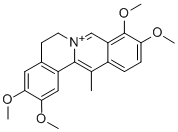
What is Dehydrocorydaline?
Chemical properties
Yellow needle crystal powder, soluble in methanol, ethanol, DMSO and other organic solvents, derived from Corydalis Corydalis, Yuanhu.
The Uses of Dehydrocorydaline
Dehydrocordine has analgesic and sedative effects. It was used for content determination/identification/pharmacological experiments, etc.
Definition
ChEBI: Dehydrocorydaline is an alkaloid.
Biological Activity
Dehydrocorydaline (13-Methylpalmatine) is an alkaloid isolated from the traditional Chinese medicine Corydalis yanhusuo. It can enhance p38 MAPK activation and has anti-inflammatory and anti-cancer effects. Also Dehydrocorydaline has potent antimalarial effects and low cytotoxicity (cell viability > 90%), P. falciparum 3D7 strain (IC50=38 nM).
in vitro
Dehydrocorydaline (0-200 μM) treatment significantly inhibits the growth of MCF-7 cells in a dose-dependent manner. The cell viability is decreased by approximate 40% after 24 h of 200 μM Dehydrocorydaline.
Dehydrocorydaline (0-200 μM) dose-dependently increases Bax protein expression and decreases Bcl-2 protein expression.
Dehydrocorydaline (0-200 μM) induces activation of caspase-7,-8 and the cleavage of PARP without affecting caspase-9.
in vivo
Dehydrocorydaline manifests a low acute toxicity with an LD 50 of about 277.5±19.0 mg/kg body weight in mice following oral administration and 21.1±1.4 mg/kg for intraperitoneal injection. < /p>
Properties of Dehydrocorydaline
| Melting point: | 170-173℃ |
| storage temp. | Inert atmosphere,Room Temperature |
| solubility | Soluble in Chloroform,Dichloromethane,Ethyl Acetate,DMSO,Acetone,etc. |
| form | Cryst. |
| color | Light yellow to yellow |
| Stability: | Hygroscopic |
Safety information for Dehydrocorydaline
| Signal word | Danger |
| Pictogram(s) |
 Flame Flammables GHS02  Health Hazard GHS08 |
| GHS Hazard Statements |
H225:Flammable liquids H304:Aspiration hazard |
| Precautionary Statement Codes |
P210:Keep away from heat/sparks/open flames/hot surfaces. — No smoking. P233:Keep container tightly closed. P240:Ground/bond container and receiving equipment. P241:Use explosion-proof electrical/ventilating/lighting/…/equipment. P242:Use only non-sparking tools. P243:Take precautionary measures against static discharge. P280:Wear protective gloves/protective clothing/eye protection/face protection. P331:Do NOT induce vomiting. P301+P310:IF SWALLOWED: Immediately call a POISON CENTER or doctor/physician. P303+P361+P353:IF ON SKIN (or hair): Remove/Take off Immediately all contaminated clothing. Rinse SKIN with water/shower. P370+P378:In case of fire: Use … for extinction. P405:Store locked up. P403+P235:Store in a well-ventilated place. Keep cool. |
Computed Descriptors for Dehydrocorydaline
New Products
(S)-3-Aminobutanenitrile hydrochloride 4-Methylphenylacetic acid N-Boc-D-alaninol N-BOC-D/L-ALANINOL Tert-butyl bis(2-chloroethyl)carbamate 3-Morpholino-1-(4-nitrophenyl)-5,6-dihydropyridin- 2(1H)-one Furan-2,5-Dicarboxylic Acid Tropic acid S-2-CHLORO PROPIONIC ACID ETHYL ISOCYANOACETATE 2-Bromo-1,3-Bis(Dimethylamino)Trimethinium Hexafluorophosphate 4-IODO BENZOIC ACID 3-NITRO-2-METHYL ANILINE 1-(2,4-DICHLOROPHENYL) ETHANAMINE (2-Hydroxyphenyl)acetonitrile 4-Bromopyrazole 5,6-Dimethoxyindanone 2-(Cyanocyclohexyl)acetic acid 4-methoxy-3,5-dinitropyridine 1-(4-(aminomethyl)benzyl)urea hydrochloride 2-aminopropyl benzoate hydrochloride diethyl 2-(2-((tertbutoxycarbonyl)amino) ethyl)malonate tert-butyl 4- (ureidomethyl)benzylcarbamate Ethyl-2-chloro((4-methoxyphenyl)hydrazono)acetateRelated products of tetrahydrofuran


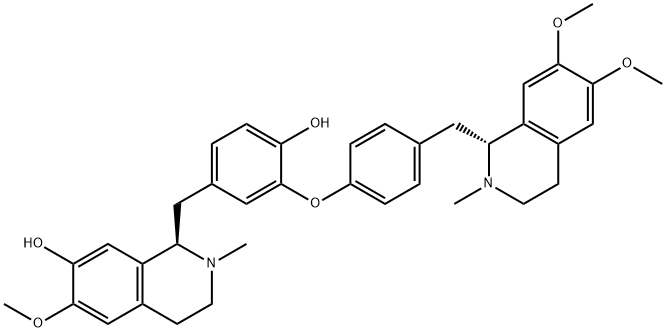
![2-[2-(Methylamino)benzoyl]-3,4-dihydro-β-carboline-1(2H)-one](https://img.chemicalbook.in/CAS/20150408/GIF/526-43-2.gif)
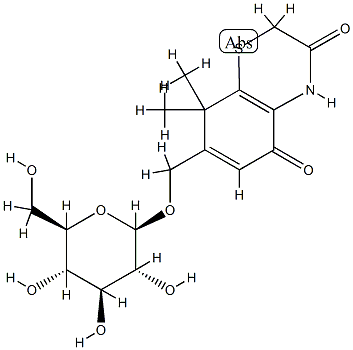
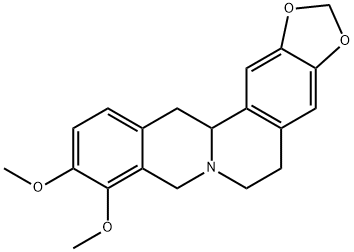
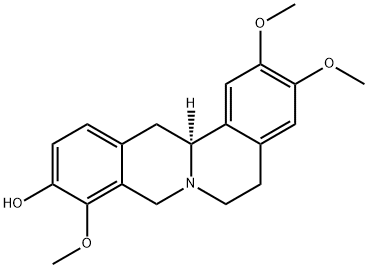
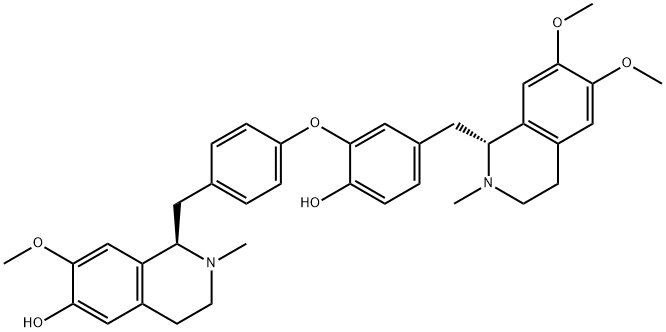
You may like
-
 2033-24-1 98%View Details
2033-24-1 98%View Details
2033-24-1 -
 42831-50-5 5-METHYLISOXAZOLE-4-CARBOXYLIC ACID 98%View Details
42831-50-5 5-METHYLISOXAZOLE-4-CARBOXYLIC ACID 98%View Details
42831-50-5 -
 1975-50-4 98%View Details
1975-50-4 98%View Details
1975-50-4 -
 2-HYDROXY BENZYL ALCOHOL 98%View Details
2-HYDROXY BENZYL ALCOHOL 98%View Details
90-01-7 -
 2-Chloro-1,3-Bis(Dimethylamino)Trimethinium Hexafluorophosphate 221615-75-4 98%View Details
2-Chloro-1,3-Bis(Dimethylamino)Trimethinium Hexafluorophosphate 221615-75-4 98%View Details
221615-75-4 -
 61397-56-6 CIS BROMO BENZOATE 98%View Details
61397-56-6 CIS BROMO BENZOATE 98%View Details
61397-56-6 -
 14714-50-2 (2-Hydroxyphenyl)acetonitrile 98+View Details
14714-50-2 (2-Hydroxyphenyl)acetonitrile 98+View Details
14714-50-2 -
 118753-70-1 98+View Details
118753-70-1 98+View Details
118753-70-1